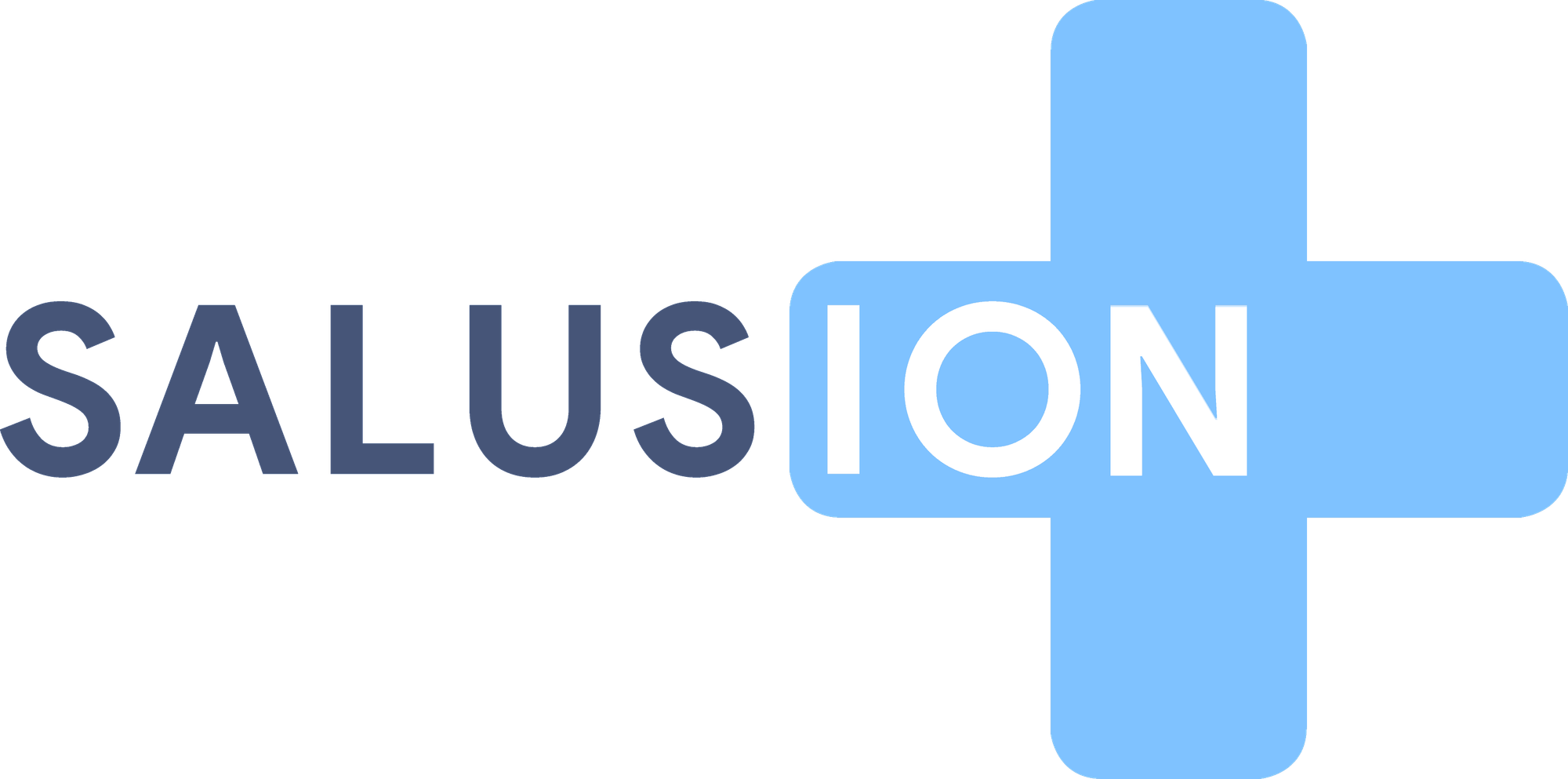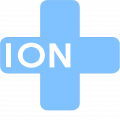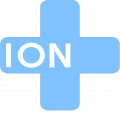A Qualified Small Employer Health Reimbursement Arrangement (QSEHRA) is an employer-funded health benefit that allows small businesses to reimburse employees for eligible medical insurance premiums and healthcare expenses. Unlike a traditional group health plan, a QSEHRA gives employees the flexibility to choose and pay for their own individual health insurance plan while receiving tax-free reimbursements from their employer.
At Salusion, we’ve designed a simple and streamlined onboarding process to help you enroll in your QSEHRA. Our step-by-step system ensures that you can easily confirm your insurance details, set up your reimbursement method, and access your benefits. This guide walks you through each step so you know exactly what to expect.
Step 1: Enrollment Invitation
Once your employer offers you a QSEHRA, you will receive an email invitation from Salusion with a link to begin your onboarding. Click the "Enroll" button to get started.
Step 2: Acknowledging Your QSEHRA Documents
Before proceeding, you must acknowledge that you have received the necessary QSEHRA documents. These documents provide key details about your health reimbursement benefit and ensure you understand how your QSEHRA works.
- QSEHRA Summary Plan Description (SPD): This document outlines the structure of your QSEHRA, including eligibility requirements, covered expenses, reimbursement rules, and how to access your benefits. It serves as a comprehensive guide to help you navigate your QSEHRA.
- QSEHRA Appendix A: This is a supplement to the SPD that contains specific details about your plan, including the most important component—the benefit amount. It also provides additional information on plan provisions, specific terms, conditions, and any legal or compliance-related aspects of the QSEHRA.
- QSEHRA Employee Notice: This legally required notice informs you about your QSEHRA, how it interacts with premium tax credits, and what steps you need to take to maintain coverage. The most critical aspect of this document is that it may open a special enrollment period on the Health Insurance Marketplace, allowing you to purchase an individual insurance plan if needed.
To proceed with enrollment, you must check the box to confirm receipt of these documents and move forward.
Step 3: Understanding the Impact on Premium Tax Credits
A Qualified Small Employer Health Reimbursement Arrangement (QSEHRA) directly affects the amount of Premium Tax Credit (PTC) you can receive, a subsidy designed to reduce the cost of health insurance purchased through the Health Insurance Marketplace.
Your QSEHRA benefit will influence your PTC in one of the following ways:
- If Your QSEHRA is Affordable: If your QSEHRA benefit meets IRS affordability guidelines — meaning it exceeds the difference between the cost of the Second-Lowest-Cost Silver Plan (SLCSP) and 9.12% of your household income — you will not be eligible for a PTC. In this case, your QSEHRA benefit is considered sufficient to cover your health insurance costs.
- If Your QSEHRA is Unaffordable: If your QSEHRA benefit does not meet the affordability threshold, you may still qualify for a reduced PTC. However, the Marketplace will reduce your PTC dollar-for-dollar by the amount of your QSEHRA benefit.
Reporting Your QSEHRA Benefit
To ensure accurate financial assistance:
- When purchasing insurance, you must report your QSEHRA benefit to the Health Insurance Marketplace.
- If you are already receiving a PTC, you must update your Marketplace information with your QSEHRA benefit. This step is crucial to avoid excess PTC payments that may need to be repaid when filing your tax return.
By understanding how your QSEHRA directly affects your PTC, you can better plan for your healthcare expenses and avoid unexpected tax obligations.
Step 4: Creating Your Salusion Account
To proceed, you will set up your Salusion account by creating a password. This will allow you to securely access your account, manage your benefits, submit reimbursement requests, and track payments.
Step 5: Providing Medical Insurance Details
To participate in a QSEHRA, you must show proof of insurance to confirm that you have Minimum Essential Coverage (MEC). This section ensures that you, and any covered dependents, meet the requirements to receive reimbursements through the QSEHRA.
Insurance Status
You must confirm that you have health insurance that meets MEC requirements. If you do not have qualifying coverage, you will need to obtain an eligible plan before you can receive reimbursements.
Adding Spouse & Dependents
If any spouses or dependents are covered under your plan, you’ll need to list them to ensure they are properly accounted for under your QSEHRA.
Providing Insurance Details & Proof of Coverage
To verify coverage, you must provide details about your insurance provider and upload proof of insurance. If any family members are covered under separate insurance policies, you will need to supply details and proof for those policies as well.
To provide proof, you can use:
- A monthly bill from your insurer
- A confirmation email or document from your provider
- A screenshot of your health insurance portal showing active coverage
Covered Individuals & Dates
Indicate the earliest month of coverage for each insured individual. This date determines when your QSEHRA plan year starts, ensuring reimbursements align with your coverage period.
Step 6: Setting Up Your Reimbursement Method
To receive reimbursements, you’ll need to enter your bank details, including:
- Routing number
- Account number
- Bank name
Once you’ve submitted your bank information, you’ll see a confirmation message that your onboarding is complete. You can now access your Salusion dashboard to submit expenses and manage your reimbursements.

subtopic

subtopic




